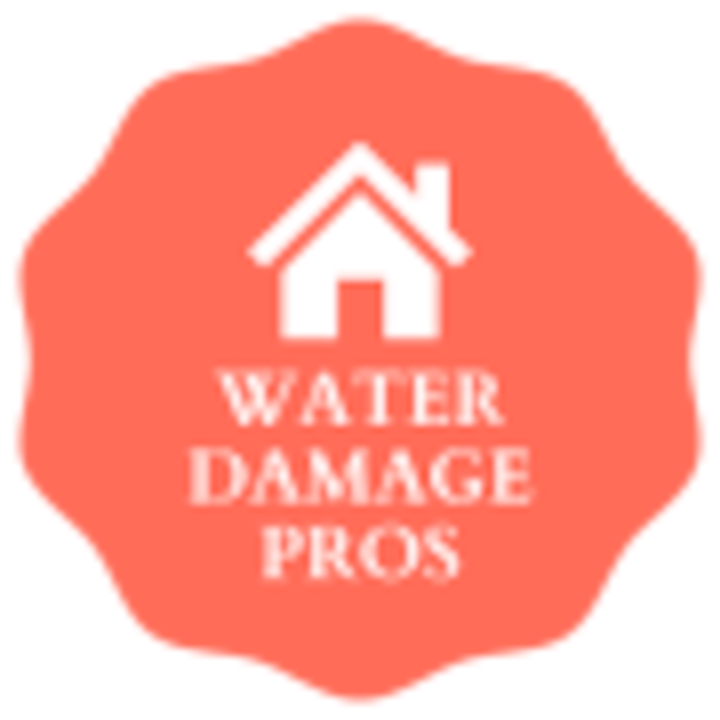Understanding The Role Of Air Movement In Drying Water-Damaged Areas
If you find yourself dealing with water damage in your home or office, understanding the role of air movement in drying the affected areas is crucial. Proper air circulation is essential to expedite the drying process and prevent further damage. By utilizing various air movement techniques, you can effectively remove excess moisture from the environment and restore your space to its pre-damage condition. Air movement plays a significant role in reducing drying time. By moving the air around, it helps evaporate moisture from surfaces and materials, promoting effective drying. This not only prevents the growth of mold and mildew but also eliminates any lingering odors. To achieve efficient air movement, it is essential to have the right tools and equipment. Fans, dehumidifiers, and air movers are commonly used to enhance air circulation and speed up the drying process. In this article, we will explore different air movement techniques, discuss their impact on drying time, and provide you with best practices for using air movement in restoration. By understanding the role of air movement, you can effectively restore water-damaged areas and create a safe and healthy environment once again.The Importance of Proper Air Circulation
Proper air circulation is crucial in drying water-damaged areas because it helps prevent the growth of mold and mildew. When water damage occurs, the excess moisture in the air creates a perfect breeding ground for these harmful organisms. By ensuring that air is constantly moving, you can effectively dry out the affected area and inhibit the growth of mold and mildew. Air circulation works by promoting evaporation, which helps to remove moisture from the air and surfaces. This is especially important in areas that are difficult to reach or have hidden moisture pockets, as stagnant air can exacerbate the problem. Additionally, proper air movement helps to distribute heat evenly, which speeds up the drying process. To achieve optimal air circulation, it is recommended to use fans and dehumidifiers strategically placed throughout the area.Types of Air Movement Techniques
To effectively dry water-damaged areas, it's important to employ various techniques for moving air. There are several types of air movement techniques that can be used, each with its own advantages and applications. One common technique is the use of fans, which help to circulate the air and increase the rate of evaporation. Fans can be placed strategically throughout the area to ensure that air is evenly distributed. Another technique is the use of dehumidifiers, which remove moisture from the air and help to speed up the drying process. Dehumidifiers are especially useful in areas with high humidity levels. Additionally, air movers can be used to direct a concentrated stream of air to specific areas that need extra drying. These techniques work together to create optimal air movement and promote efficient drying of water-damaged areas.How Air Movement Affects Drying Time
Fans, dehumidifiers, and air movers work together to create optimal airflow, expediting the drying process. When it comes to drying water-damaged areas, air movement plays a crucial role in speeding up the overall drying time. By increasing the air circulation, moisture is removed more efficiently, preventing further damage and the growth of mold and mildew. The movement of air helps to evaporate the moisture from the wet surfaces, allowing it to be carried away and replaced with drier air. This constant exchange of air aids in the drying process, ensuring that the affected area is restored to its pre-damage condition as quickly as possible. It is essential to understand the importance of proper air movement techniques and how they can significantly impact the drying time, ultimately leading to a successful restoration and a sense of belonging in a safe and dry environment.Tools and Equipment for Efficient Air Movement
Efficient air movement can be achieved through the use of specialized tools and equipment. When it comes to drying water-damaged areas, having the right tools is essential for a quick and thorough job. One important tool is a high-velocity air mover, which can move a large volume of air to speed up the drying process. These air movers are designed to be portable and easy to maneuver, allowing you to direct the airflow exactly where it is needed. Another useful piece of equipment is a dehumidifier, which helps remove excess moisture from the air. By controlling the humidity levels, you can prevent further damage and create a more comfortable environment. Additionally, using fans and air scrubbers can assist in circulating the air and removing any contaminants or odors. With the right tools and equipment, you can ensure efficient air movement and effectively dry water-damaged areas.Best Practices for Using Air Movement in Restoration
Using air movers, dehumidifiers, and other equipment is crucial for restoring water-damaged areas and creating a healthier, more comfortable space. When using air movement in restoration, there are best practices that should be followed to ensure optimal results. Firstly, it is important to strategically place the air movers throughout the affected area. Position them in a way that promotes maximum airflow and circulation. Additionally, make sure the air movers are not obstructed by furniture or other objects that could impede the drying process. Secondly, adjust the speed and direction of the air movers based on the specific needs of the area. High-speed settings are ideal for larger spaces, while lower speeds are better suited for smaller, confined areas. Lastly, monitor the drying progress regularly and make any necessary adjustments to the equipment or placement as needed. By following these best practices, you can effectively harness the power of air movement to restore water-damaged areas and create a safe and comfortable environment.Get in Touch Today!
We want to hear from you about your Water Damage needs. No Water Damage problem in Laguna Beach is too big or too small for our experienced team! Call us or fill out our form today!
